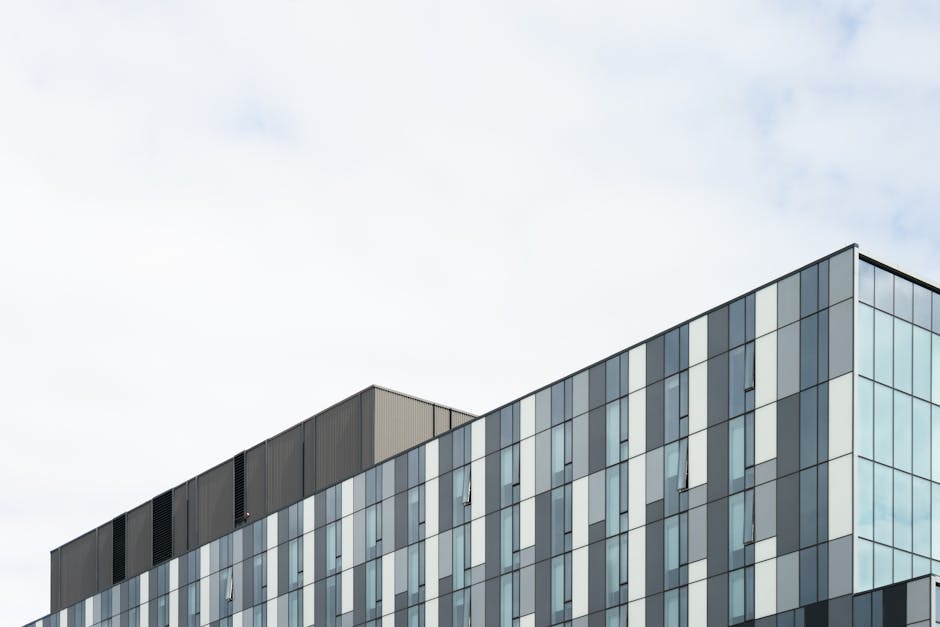Navigating the Modern Workplace: How Interactive Office Maps Enhance Employee Experience
“In today's dynamic workplaces, interactive office maps have become an essential tool for enhancing employee experience and optimizing space management. This article explores the key benefits of implementing an interactive office map solution, from improved navigation and collaboration to customizable features that adapt to your evolving workplace needs. ”

In today's fast-paced and ever-evolving workplaces, navigating through the office can be a daunting task for employees. Whether it's finding a colleague's desk, locating the nearest meeting room, or simply getting directions to the restroom, the challenges of workplace navigation can hinder productivity and cause unnecessary frustration. This is where interactive office maps come into play, offering a game-changing solution for companies looking to enhance their employee experience.

What is an Interactive Office Map?
An interactive office map is a digital, user-friendly layout of your workplace that displays all the essential amenities and spaces, such as desks, meeting rooms, restrooms, and emergency exits. Accessible through smartphones, desktops, or even on-site screens, these maps allow users to interact with different parts of the office and access additional information with just a few taps or clicks.
The Benefits of Implementing an Interactive Office Map
1. Streamlined Navigation and Increased Collaboration
One of the primary advantages of an interactive office map is its ability to simplify navigation within the workplace. Employees can easily search for coworkers by name or view a bird's-eye perspective of the customized map, making it effortless to locate colleagues and foster collaboration. Additionally, interactive maps enable employees to find and book meeting rooms, desks, and other points of interest, saving time and reducing the stress associated with workplace navigation.

2. Optimized Space Management and Data-Driven Decisions
For workplace leaders, interactive office maps provide a comprehensive overview of the entire workspace, allowing them to identify spacing issues and make informed decisions about layout optimization. By combining insights from the office map with usage analytics from their workplace platform, leaders can confidently implement data-driven changes that improve the overall workplace experience.
3. Enhanced Space Booking Experience
Interactive office maps revolutionize the space booking process, making it more intuitive and efficient for employees. With real-time color-coding, users can quickly identify available meeting rooms or workspaces and book them on the go using their smartphones. This streamlined approach not only improves the employee experience but also reduces the time and effort required to secure a suitable space.
4. Customization and Adaptability
As workplaces continue to evolve, it's crucial for interactive office maps to keep pace with these changes. With customizable features, companies can easily update their maps to reflect new additions or modifications to the workspace, ensuring that employees always have access to accurate and up-to-date information. This adaptability is particularly valuable for businesses with hybrid workforces or those undergoing expansion.

Embracing the Future of Workplace Navigation
In an era where employee expectations are higher than ever, companies must prioritize solutions that enhance the workplace experience. Interactive office maps offer a powerful tool for navigating the complexities of modern workspaces, promoting collaboration, optimizing space management, and improving overall employee satisfaction.
By investing in an interactive office map solution, businesses can demonstrate their commitment to creating a positive workplace culture and empowering their employees to thrive. As the future of work continues to unfold, those who embrace innovative technologies like interactive maps will be well-positioned to attract and retain top talent, foster a sense of community, and drive long-term success.
